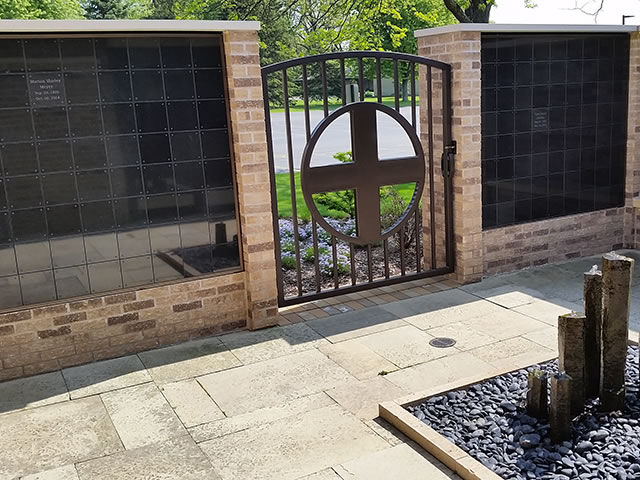Yes, churches in large cities can definitely install columbarium niches. In fact, it’s an increasingly popular option for several reasons:
Space considerations: Large cities often have limited land available for traditional burials, making columbaria a space-efficient solution for offering final resting places.
Growing demand for cremation: Cremation rates are rising steadily, and families are increasingly seeking alternatives to traditional burials. Columbaria provide a dignified and accessible option for those who choose cremation.
Financial benefits: Installing columbaria can generate income for churches, helping them cover maintenance costs and other expenses. This can be especially beneficial in urban areas where operational costs are often high.
Community aspect: Columbaria can create a sense of community and connection within the church and the wider neighborhood. They provide a place for reflection and remembrance, and can become important landmarks within the cityscape.
Here are some things to consider for churches looking to install columbaria:
- Local regulations: Zoning and other regulations might apply to the installation of columbaria. It’s crucial to obtain proper permits and approvals before proceeding.
- Church approval: The decision to install columbaria should involve discussion and approval by the church community. Different perspectives and opinions should be considered.
- Design and placement: Columbaria should be designed and placed sensitively, respecting the architectural style and sacred nature of the church.
- Accessibility: Ensure the columbarium is accessible to people with disabilities.
- Maintenance and upkeep: Develop a plan for ongoing maintenance and upkeep of the columbarium.
Overall, installing columbarium niches can be a practical and meaningful way for churches in large cities to serve their communities while addressing space limitations and changing preferences in final resting places. However, careful planning and consideration of various factors are essential for successful implementation.

 CALL US
CALL US E-MAIL
E-MAIL